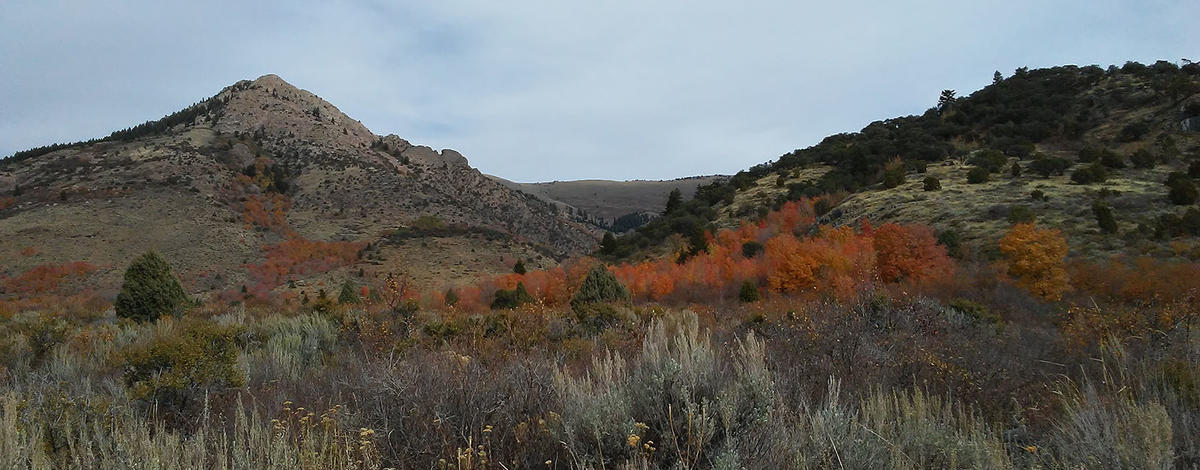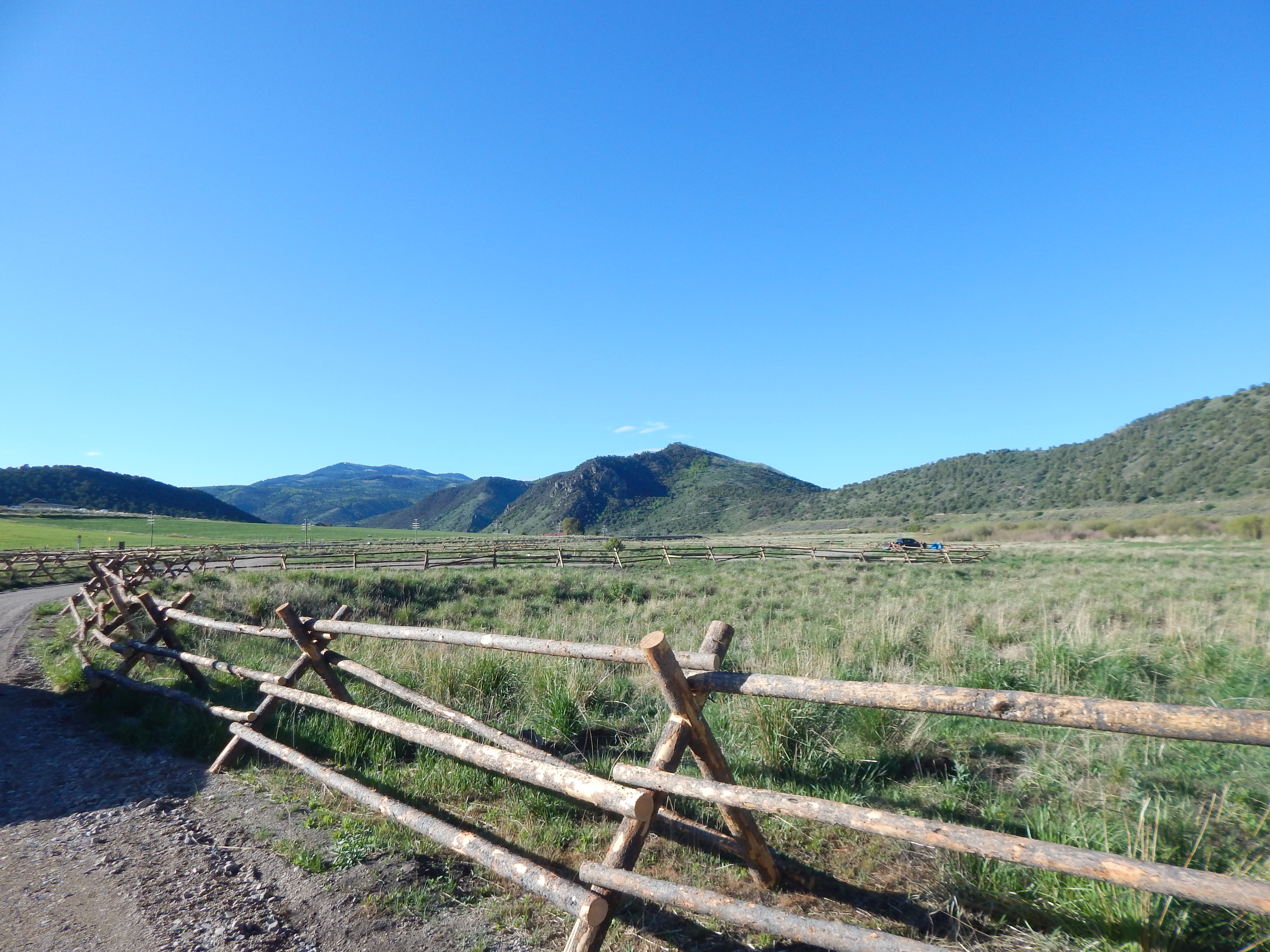The Portneuf WMA is a key part of a mule deer winter range that wraps around the Portneuf Mountains from Inkom to Lava Hot Springs. The deep draws and brush covered slopes of the WMA provide both forage and security cover for mule deer and other wildlife throughout the year, and its general western exposure provides superior habitat in the winter months.
This vertical slice of the Portneuf Mountains ranges from 4,700 feet along the Portneuf River up to 7,500 feet on the WMA’s timbered ridges. And despite its relatively small size of 3,950 acres, the WMA encompasses a number of different habitats.
Portneuf WMA habitat is managed for mule deer winter range and to enhance upland bird production habitat, especially for sharp-tailed grouse. In 2002 wild turkeys were introduced and their populations have grown to huntable numbers.
Robber's Roost Canyon is an important habitat feature of the WMA, providing an important riparian corridor and Yellowstone cutthroat trout spawning areas, but it is probably better known as a historic bandit hideout.
During the 1860s, a stagecoach route passed through Portneuf Canyon linking Salt Lake City, Utah and Virginia City, Montana. The stage often carried gold from Montana mines to Salt Lake City banks. The narrow canyon and thick brush provided the perfect setting for stage robberies and bandits flocked to the area to ambush gold-laden stages. The site’s popularity with men on the wrong side of the law eventually earned it the name “Robber’s Roost.”
Public use is encouraged though facilities are limited to informational signage, primitive roads and parking areas. The area is particularly popular for big game and upland game hunting, and provides a good opportunity for youth hunting activities.
The Portneuf Mountain range itself overlooks a broad valley bisected by roads, highways, an active railroad line, and agricultural development. While dry land farming and livestock operations make up most of the surrounding land use, residential developments are spreading into big game habitat on private lands. Increased human development in the area makes the Portneuf WMA a needed refuge for wildlife.


